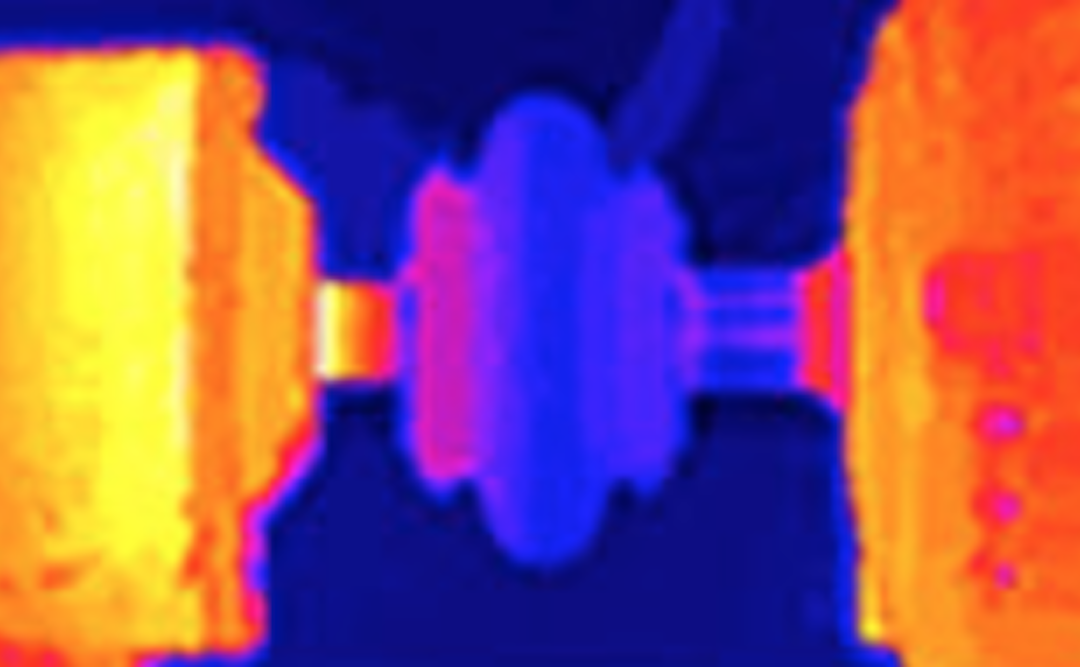To everything there is a season. The same is true for infrared inspection routes within facilities where equipment or systems are operated seasonally.
Traditionally, many facilities perform infrared inspections on an annual basis. While this approach may detect deficiencies within operating systems, systems not under load due to seasonal or operational conditions cannot be effectively inspected.
Examples of seasonally operated equipment include heating/cooling systems, production machinery, and the electrical distribution system. Effective infrared inspections of seasonally operated equipment begin at the planning stages and should include the following:
-
- Develop an inventory list of equipment to be inspected.
- Group seasonally operated equipment into dedicated routes.
- Ascertain operating times for subject systems.
- Schedule infrared inspections for the beginning of an operating season.
- Inspect subject systems while they are under normal load.
Be certain to perform a follow-up inspection for all detected exceptions once necessary repairs have been completed.
As always, remember to observe all necessary safety precautions before, and during the infrared inspection.TRR
EDITOR’S NOTE: This material first appeared on IRINFO.org as the “Tip of the Week,” for the week of Oct. 7, 2019.
ABOUT THE AUTHOR
Jim Seffrin, CMRP, has been an Infraspection Institute Certified Infrared Thermographer since 1984. A co- founder of Jersey Infrared Consultants and a practicing thermographer with 35+ years of experience as an infrared consultant, he was appointed Director of Infraspection Institute in April 2000. For information on a wide range of topics related to infrared thermography, visit IRINFO.org and/or infraspection.com, or email jim@infraspection.com.



